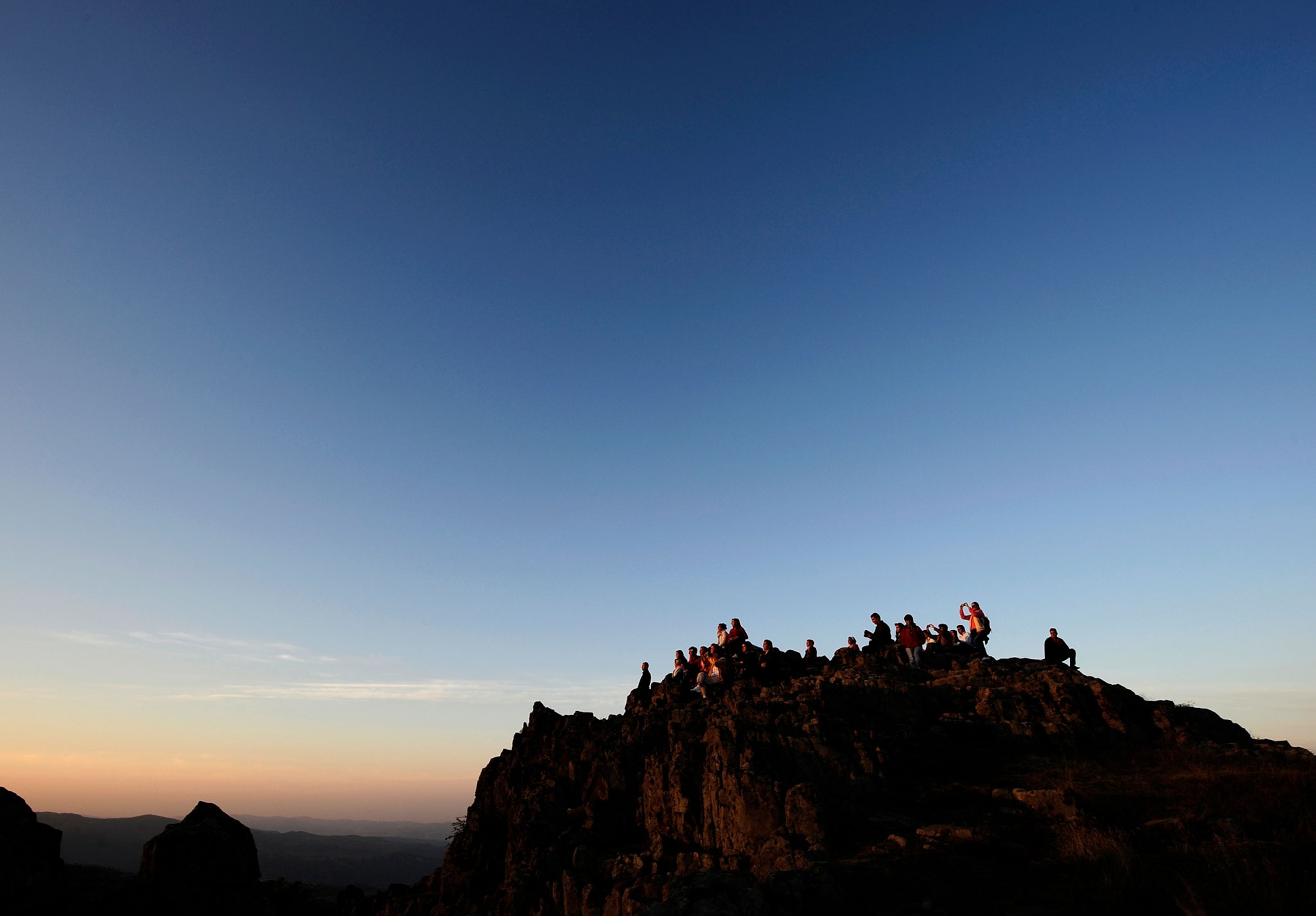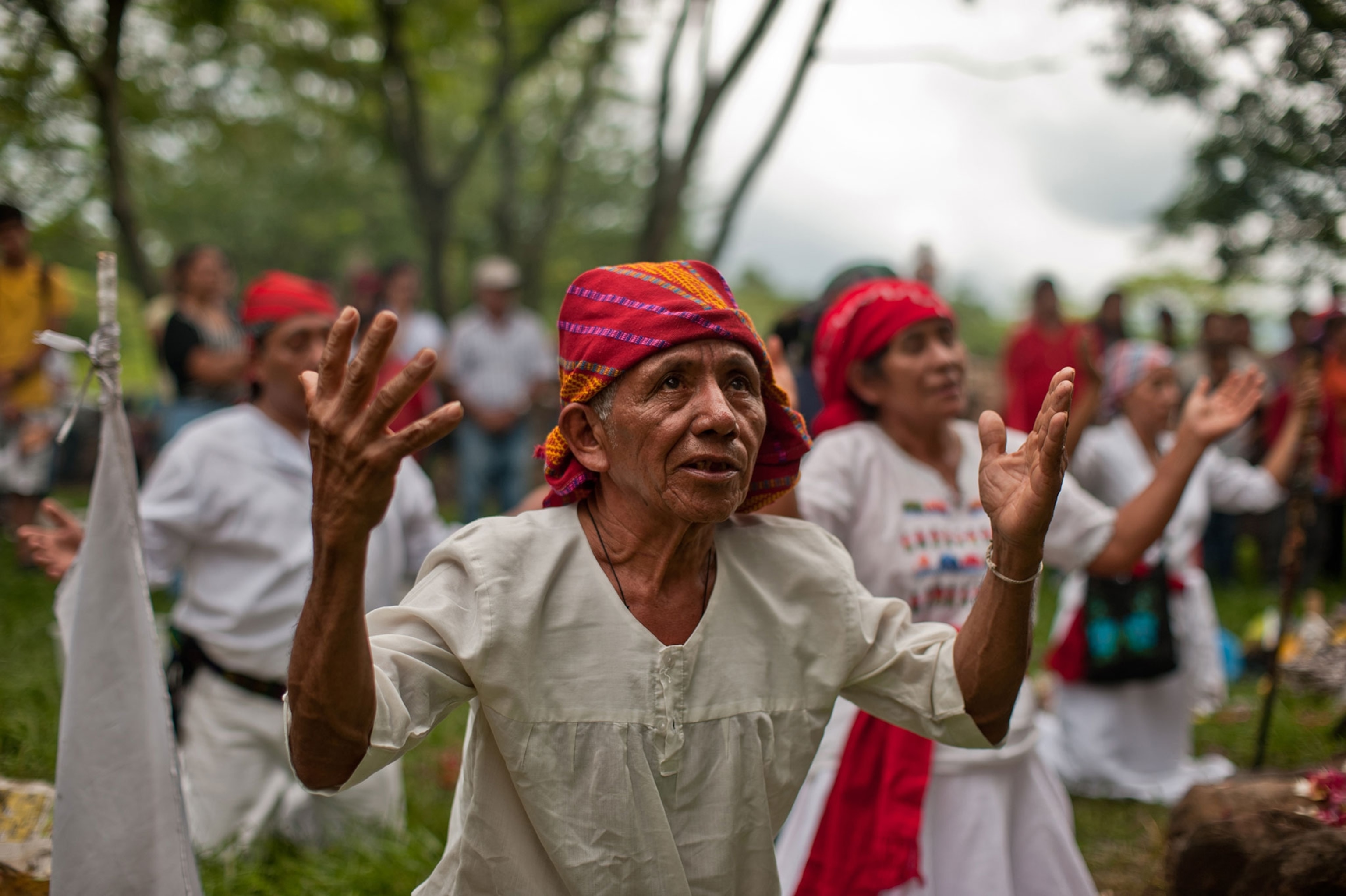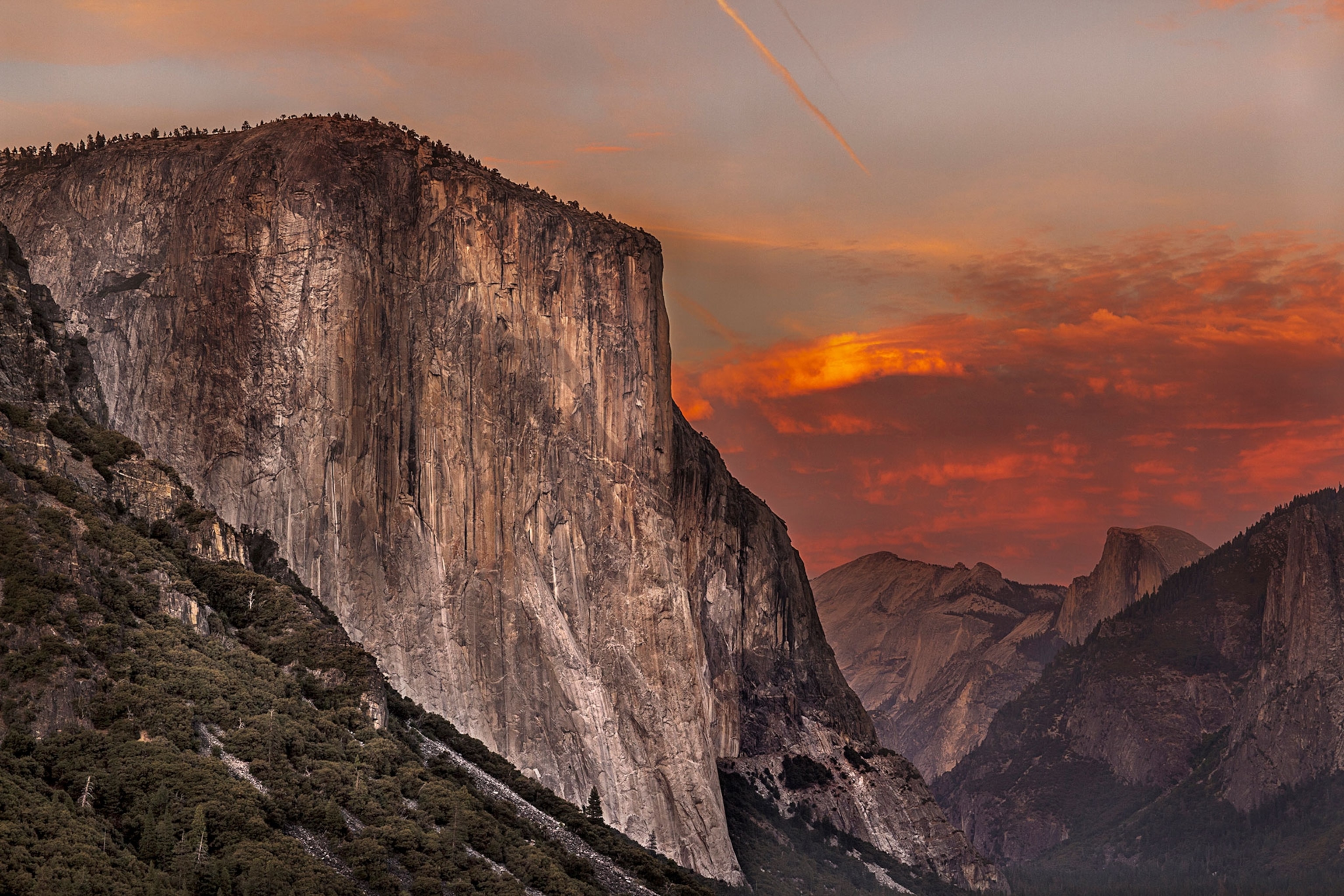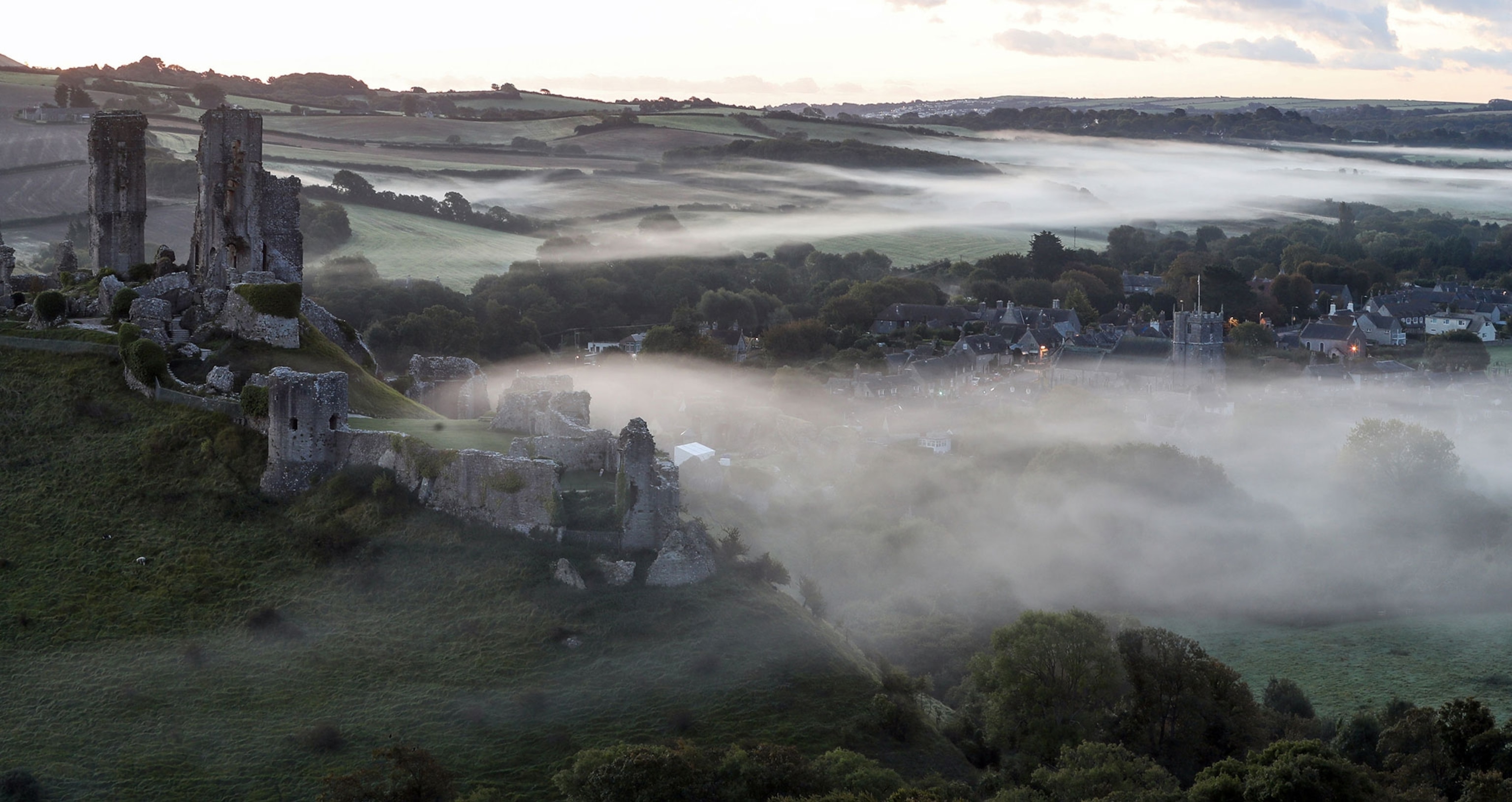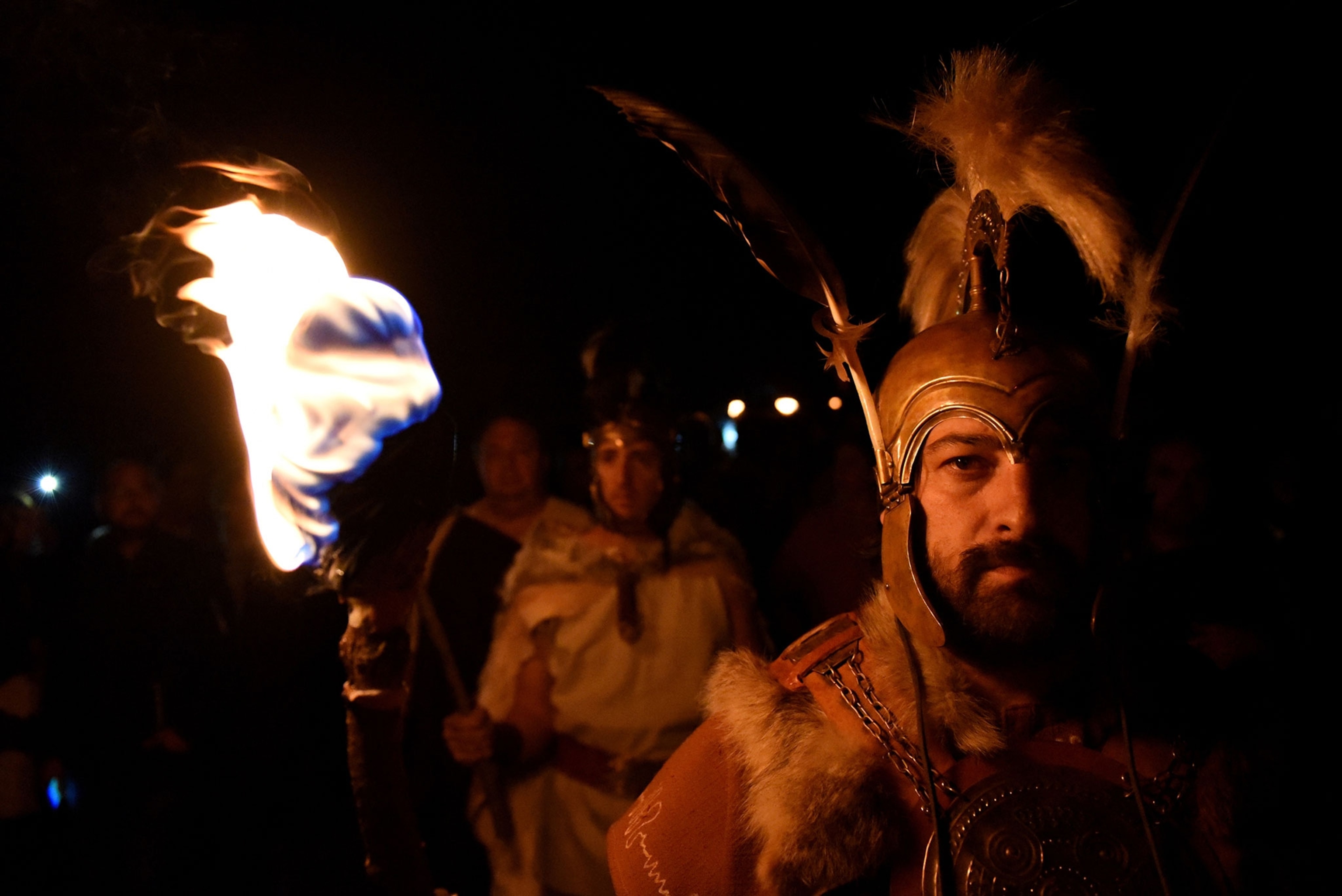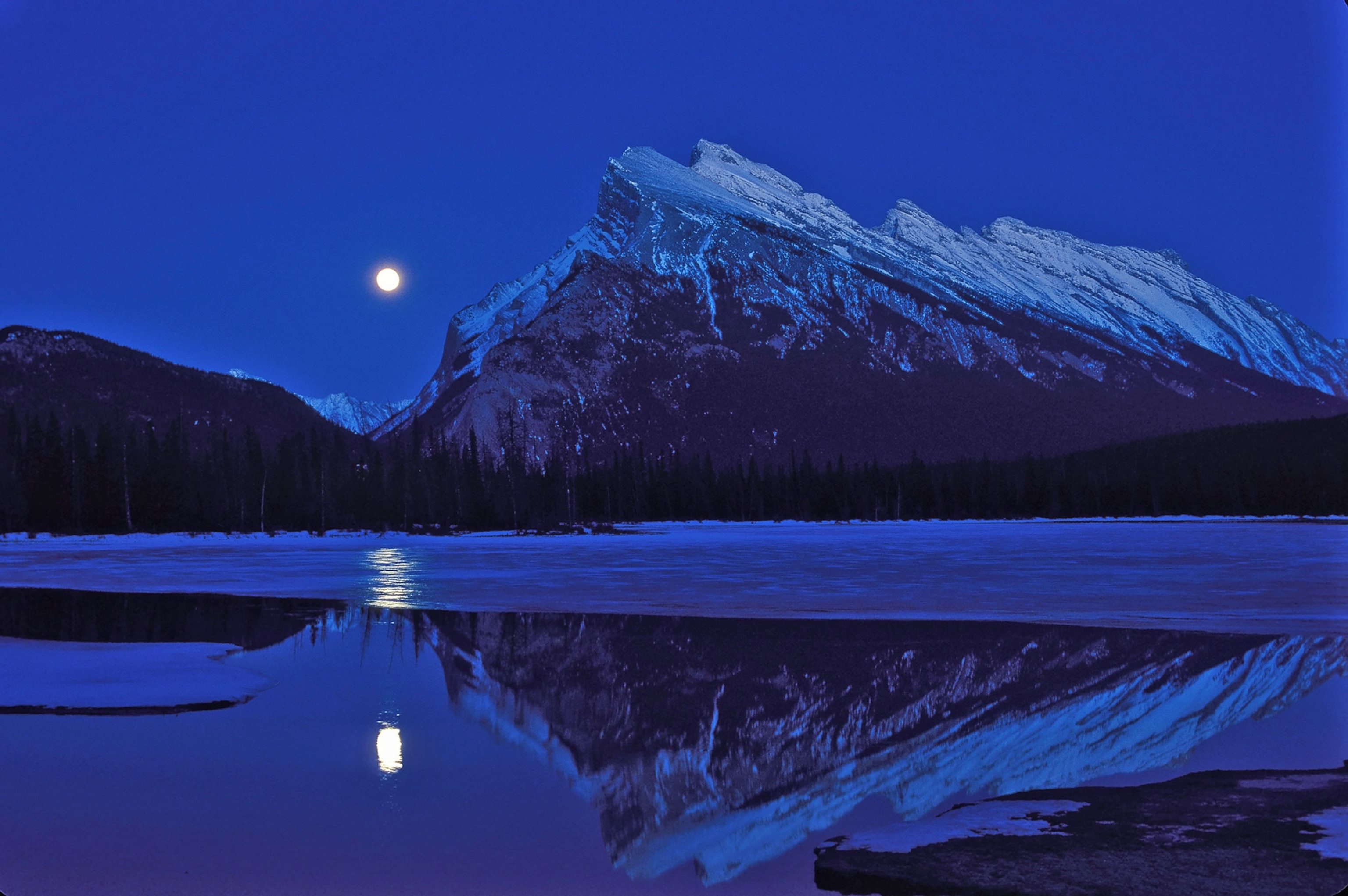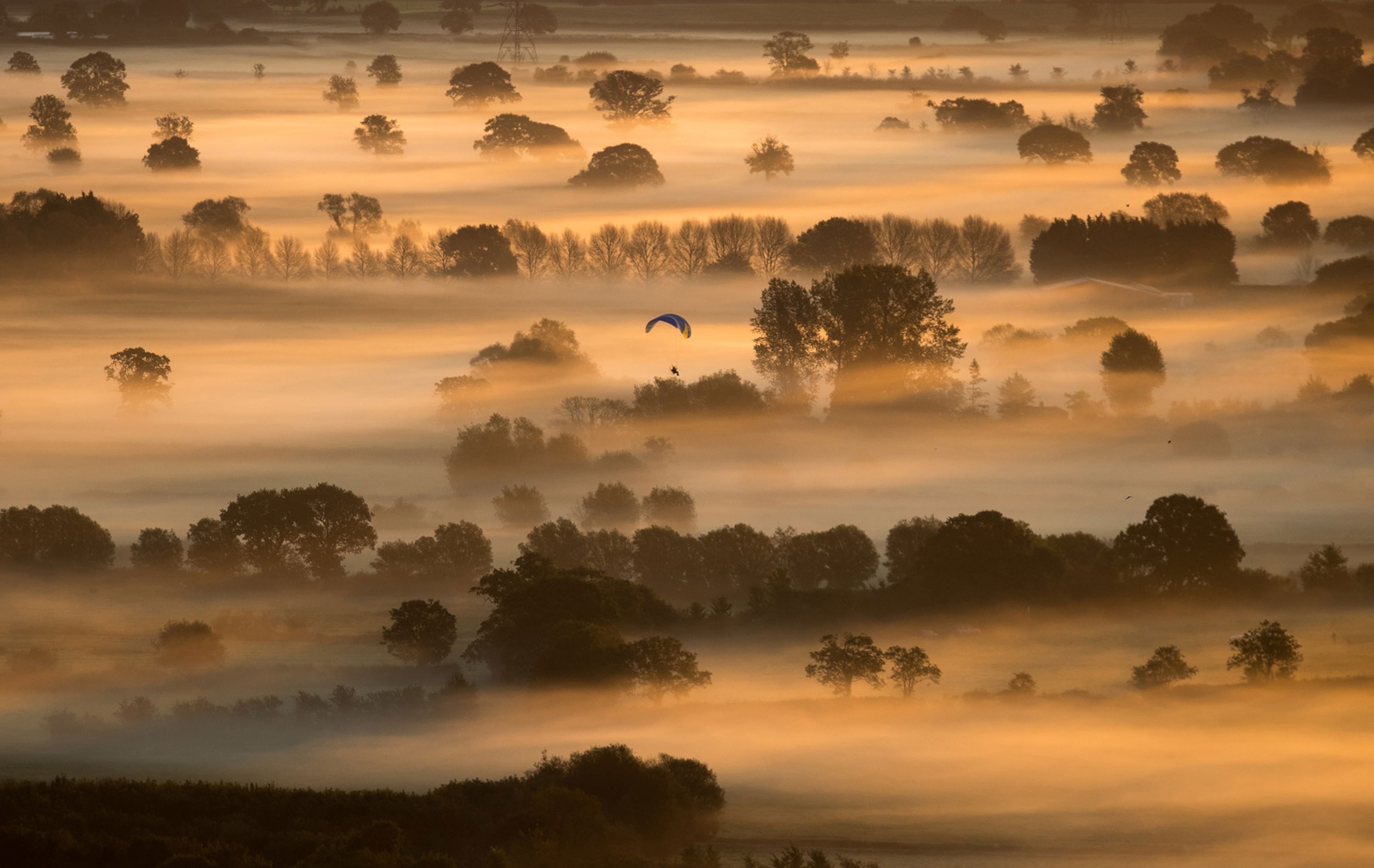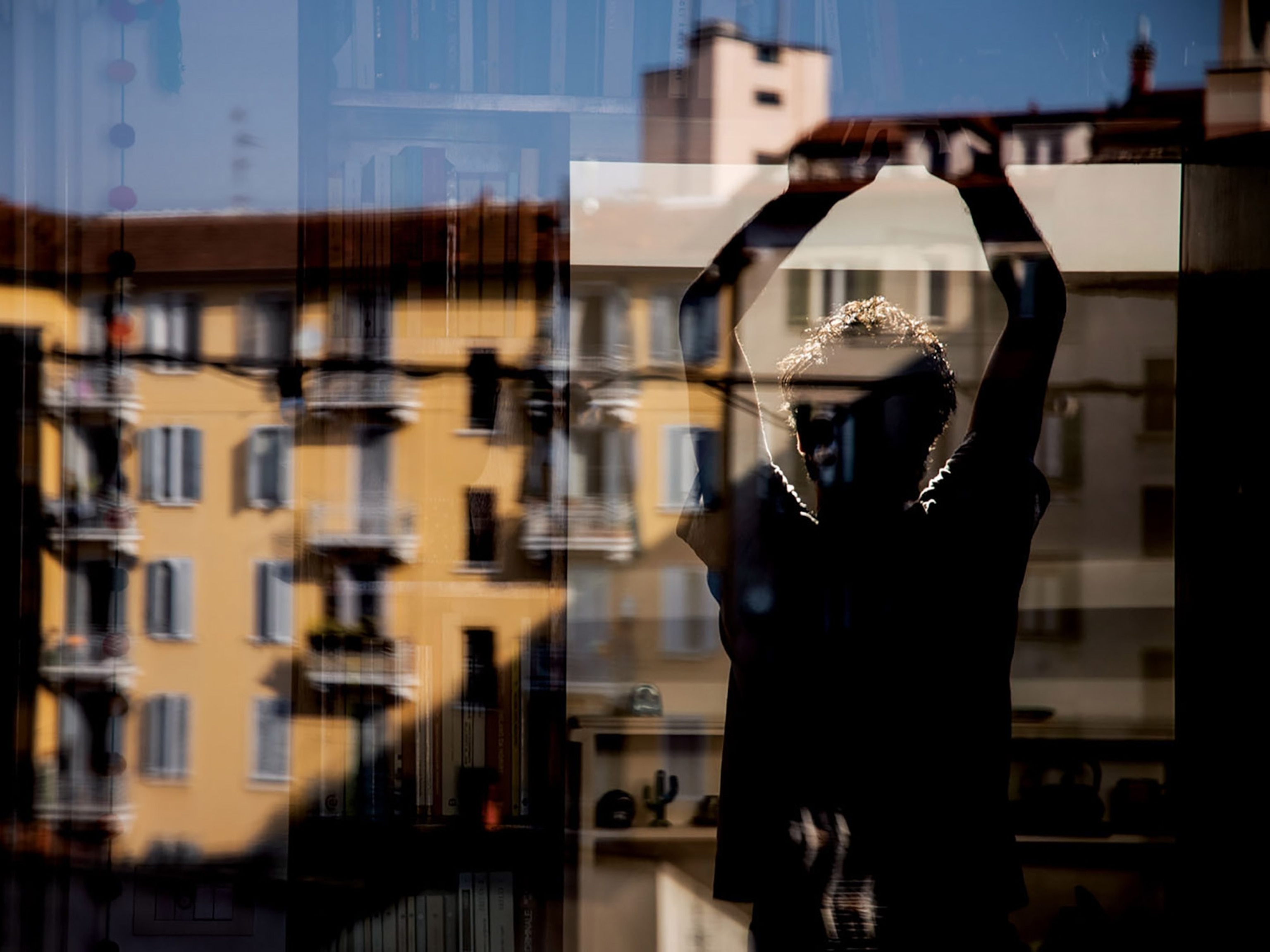See How the Fall Equinox Is Celebrated Around the World
From early-morning gatherings at Stonehenge to torch-bearing revelers parading through a city in Spain, people around the world herald the seasonal change in myriad ways.
As the autumn equinox approaches, days begin to shorten in the Northern Hemisphere, and people in countries around the world greet the change with elaborate celebrations and traditional rituals.
The fall equinox, which marks the transition from summer to autumn, occurs at the moment when day and night are roughly the same length. After the equinox, nights become increasingly longer than days—a pattern that reverses at the spring equinox. (Read More: The Autumn Equinox is Here! Wait, What's the Autumn Equinox?)
People have been honoring the equinox for centuries. The Druids in England and the Maya in Central America have long been observing this change of seasons, heralding its arrival as an indication of the harvest season and even building monuments like Kukulcan, where a shadow in the shape of a snake crawls down the side walls of the stone steps during only the two equinox days.
We’ve compiled photos of the fall equinox around the globe, images that mark the moment the equinox arrives and show people celebrating the yearly event. Take a look at these moving photographs to celebrate this annual season change.

